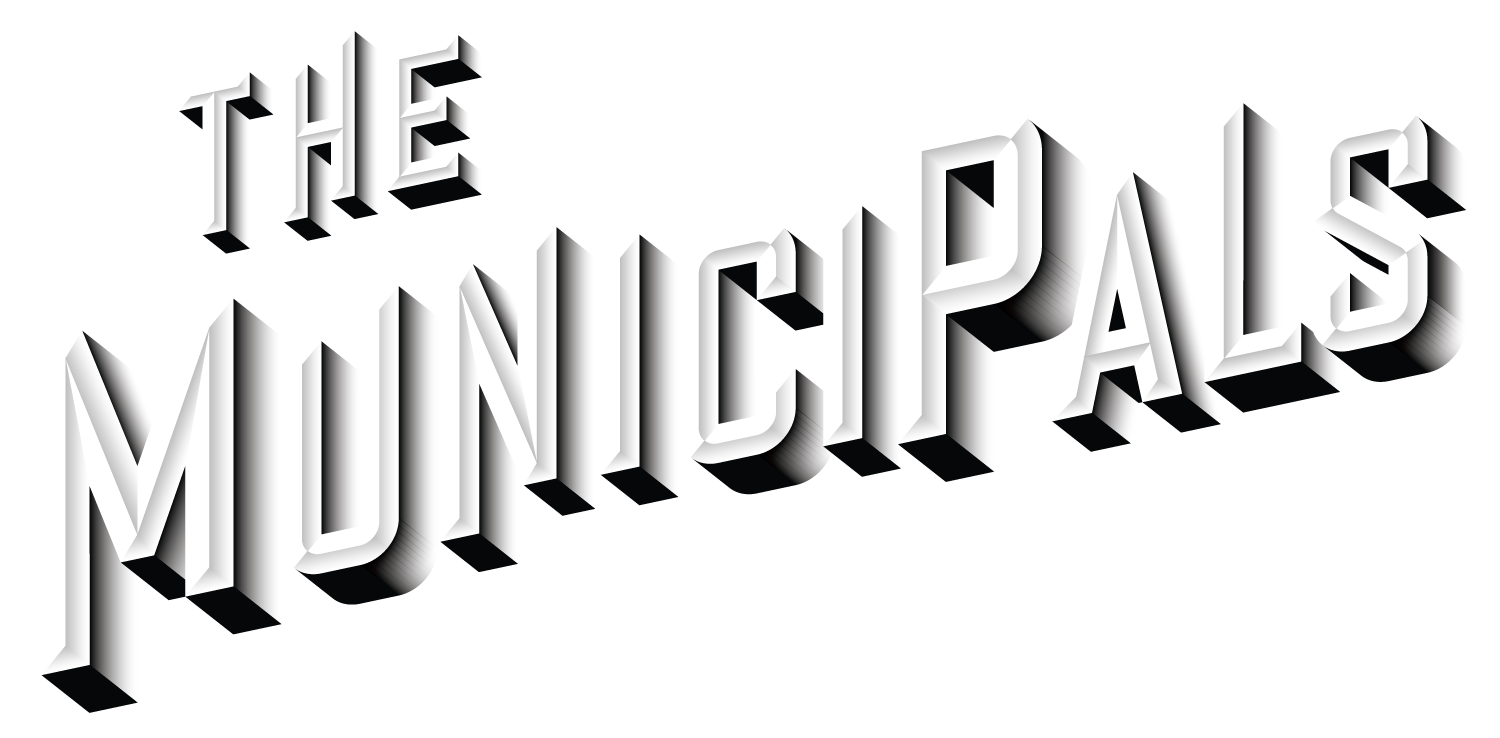Lesson 1: What is special about my city?
Question: What is special about my city? Sources: Sources showing traditions, symbols, and places in various Kentucky cities. Task: Draw a picture that shows what makes your city special. Vocabulary: community, symbol, logo, seal, city, local, culture, tradition, diversity, civic identity, settlement patterns, event. EXPLANATION: The purpose of this lesson is to encourage students to … Continued

